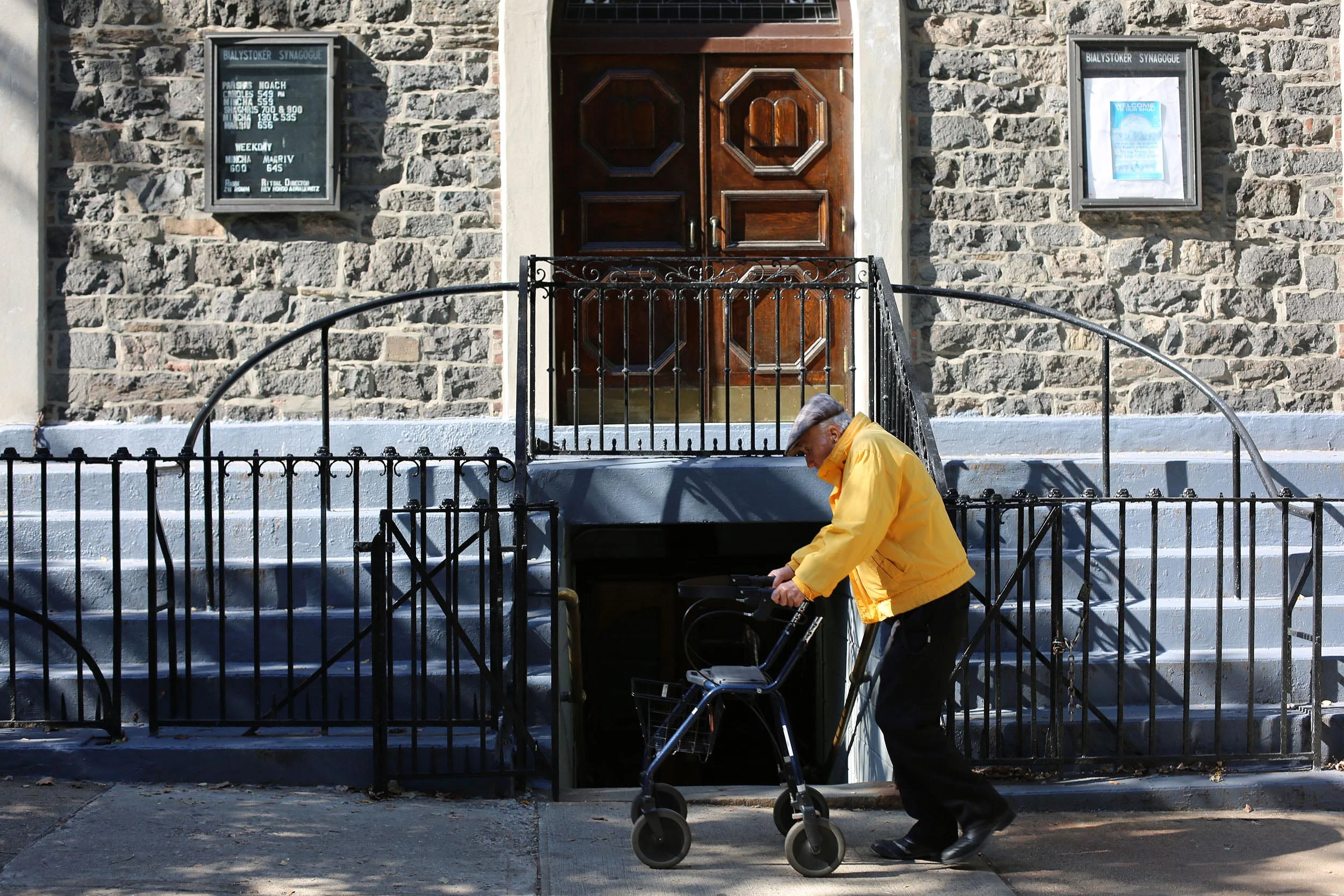NATURALLY OCCURRING RETIREMENT COMMUNITY with supportive service program (NORC-ssp)
NORC-SSPs bring supportive services into buildings or neighbourhoods where there is a naturally high density of seniors - typically over 40%. Services attempt to address the gaps in publicly available programs which are essential to aging well: care navigation, assistance with accessing benefits, nutrition and exercise, and social connection, among others. It is a partnership model that brings together residents, building owners, community agencies, government, and health and social service providers to help seniors remain in their own homes.
The main idea is that by working with natural congregations of seniors, efficiencies in health and social service delivery can be achieved while remaining in alignment with seniors’ goals: to stay living in their own homes. While the model does provide some direct health care services, it is largely a preventative model that acknowledges the need to provide support before health starts to decline and more intensive care is required.
“NORC-SSPs provide a unique opportunity to rewrite cultural perceptions of aging and promote images of aging and older adults that shatter norms of the old as frail, weak, and vulnerable and that create a new image of older adults as capable of controlling their own destinies given the proper resources.”
Benefits
Affordability: Low cost to government as they benefit from economies of scale. No cost to residents.
Moving Not Required: Supports are wrapped around seniors where they already live.
Integrated Services: Brings together community agencies, health & social services into an integrated system.
Drawbacks
Does not necessarily prevent social isolation: especially if services are not located directly in the building.
May change intergenerational make-up of the building: may draw more senior residents, slowly changing the make-up.
Accessibility: building may need capital investment to build in accessibility features.
CASE STUDY 1: Co-OP VILLAGE NORC
NEW YORK CITY, NY
Co-op Village NORC provides health and social services to a naturally occurring retirement community on Manhattan’s Lower East Side that spans 10 city blocks and 20 high-rise buildings. It was built in the 1970s when four local housing cooperatives started to notice that many of their aging residents where not managing so well on their own. Instead of trying to move them into long term care, they banded together and built a supportive living organization to bring services directly into the buildings.
Today they have 7 full time employees who offer case management, navigation support, health monitoring and medication management to residents though home visits and telephone support. Local volunteer organization provide additional supports such as friendly visiting and accompaniment to doctor's appointments. Additionally, senior residents run over 50% of the social and recreational programming themselves as a way to stay engaged.
The cost of these services is free of charge to members, as there is a robust funding program for NORCs in New York at the state and municipal level.
Helen
Helen Baker has lived on the Lower East Side of Manhattan for practically all here life. She says the NORC is what is keeping her able to stay living in her own home now that her family has passed away, and her health problems are increasing.
a day in the life
(scroll through)
Visit them at: http://www.edalliance.org/older_adults
CASE STUDY 2: OASIS SENIORS SUPPORTIVE LIVING
KINGSTON, ON
Oasis Senior Supportive Living Inc. (Oasis) is a grassroots, healthy living model that was developed in private residential apartment building in Kingston, Ontario. It was conceived of as a transitional program to support older seniors when scheduled home care is not enough, but full care in a long-term care facility is not required. Part of the rationale for the program is that while private retirement homes fill a similar niche in care, their fees can be set beyond the financial means of low and middle-income seniors.
An on-site coordinator is responsible for day-to-day service delivery including informing and connecting seniors with available community services, preventing social isolation, promoting physical fitness, and facilitating better nutrition, as well as generally keeping an eye out for changes in health status of residents.
Most notably, seniors are active participants in decisions about the program. There is an advisory board made up of members from the community, however, the Board is obligated to consult with the Oasis members about all programming decisions and members make the final decisions.
Residents have testified that the program has been instrumental in helping manage their own personal chronic illness, as well as providing invaluable support for caregivers managing their loved one with dementia. Of the 12 original members of Oasis that were eligible for long-term care in 2009 when the program started, none of them elected to go as a direct result of the type of support they were able to receive through Oasis. Today there are 58 seniors accessing support through the Oasis right in their building.
CHRISTINE
Christine McMillian is the founder of Oasis. She is a life long social activist and Policy Advisor focusing on disabilities, and now seniors issues. At 88 years old, she is currently in the midst of setting up a second Oasis program in Toronto where she has moved to be closer to her children.
KATHERYNE
Katheryne moved into the building in 2006 from Thunder Bay after her husband died unexpectedly. The years that followed were miserable because her son ended up moving away to another city for work, and she didn’t really know anyone in the building. And so she spent most of her time alone inside her apartment. That was before Oasis came along.
a day in the life
(scroll through)





































